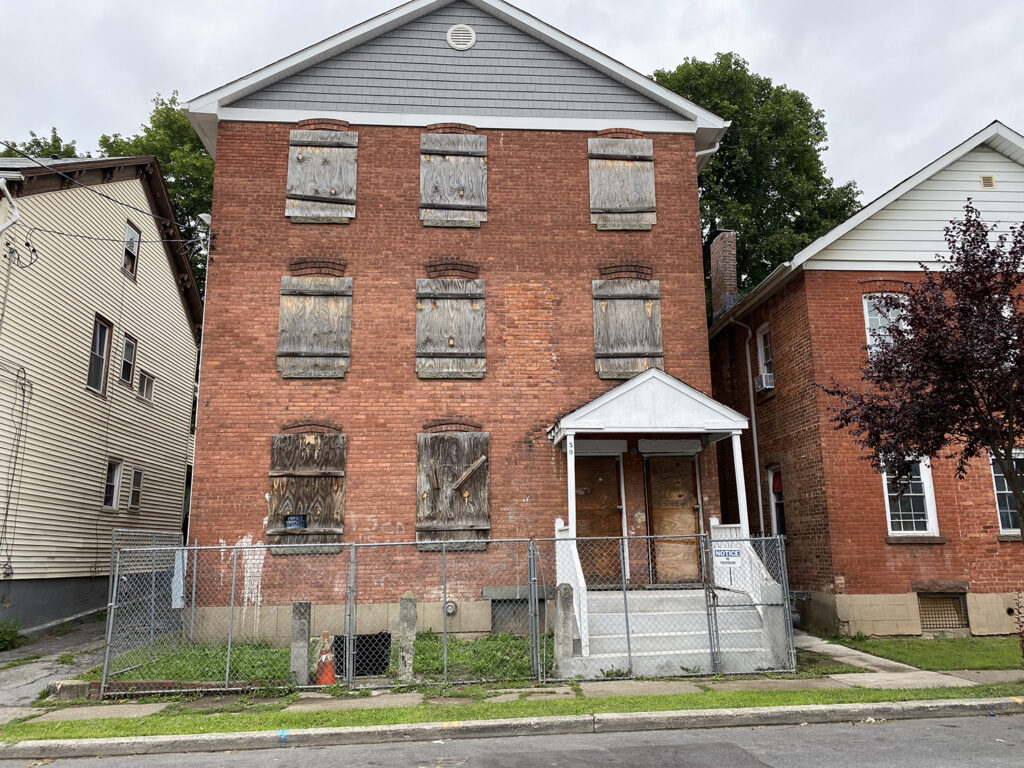About the Dutchess CountyPoughkeepsie Land Bank
Our Mission
The mission of the Dutchess County-Poughkeepsie Land Bank is to promote equitable and sustainable development through the rehabilitation of vacant, abandoned, and underutilized properties in the County of Dutchess and the City of Poughkeepsie in ways that are guided by ongoing community input, that foster housing that is affordable, that nurture communities of choice and access, and that support economic, environmental and social resilience.
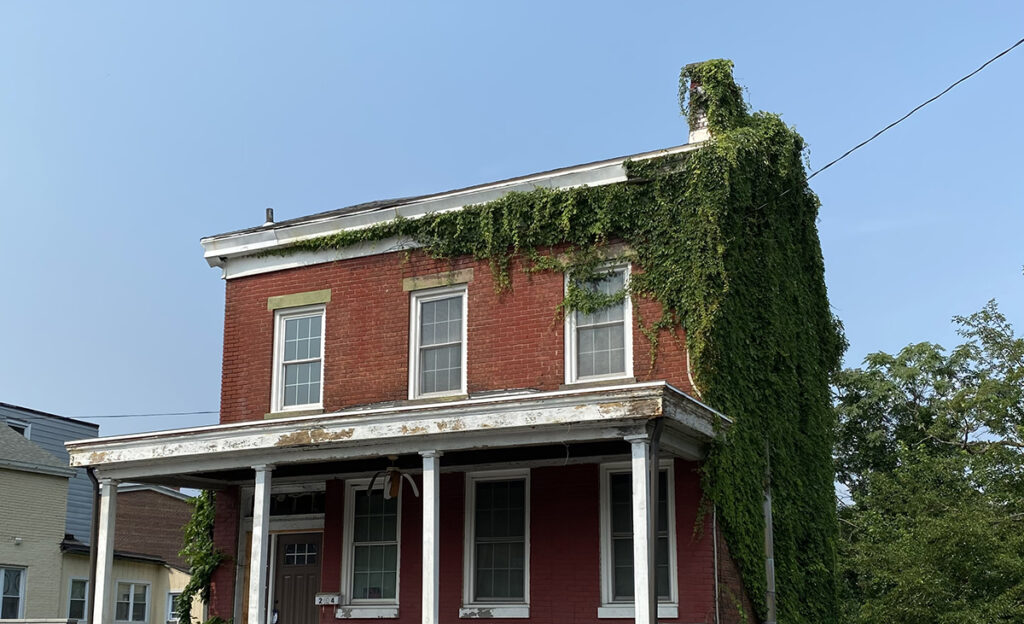
Our Goals
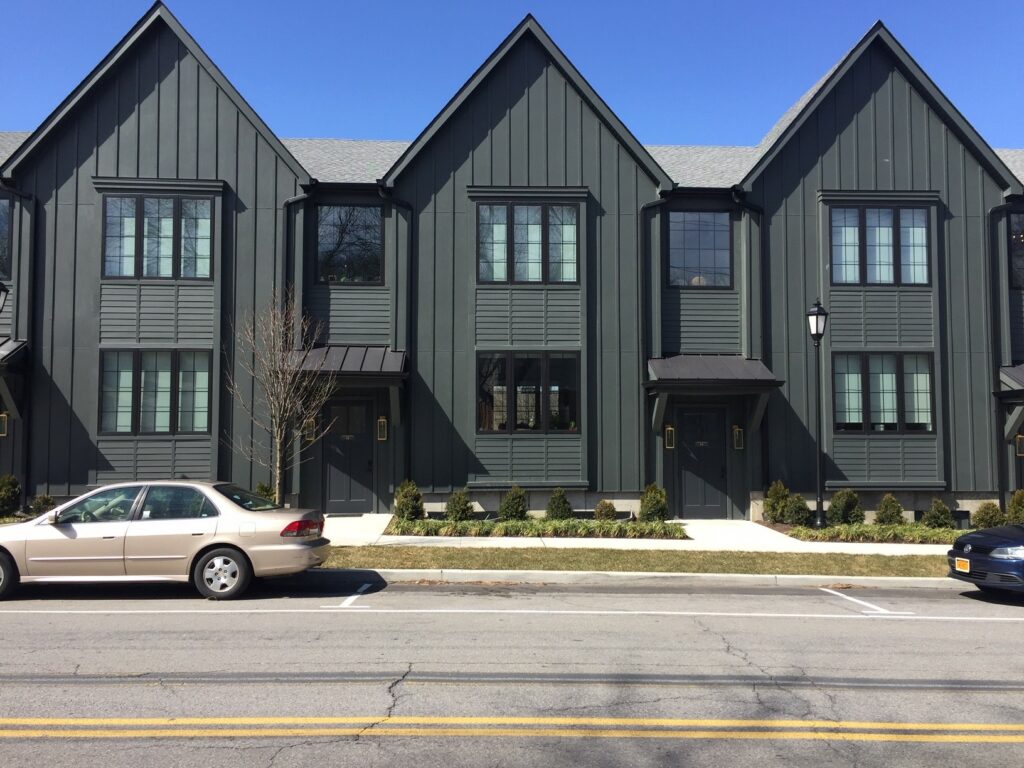

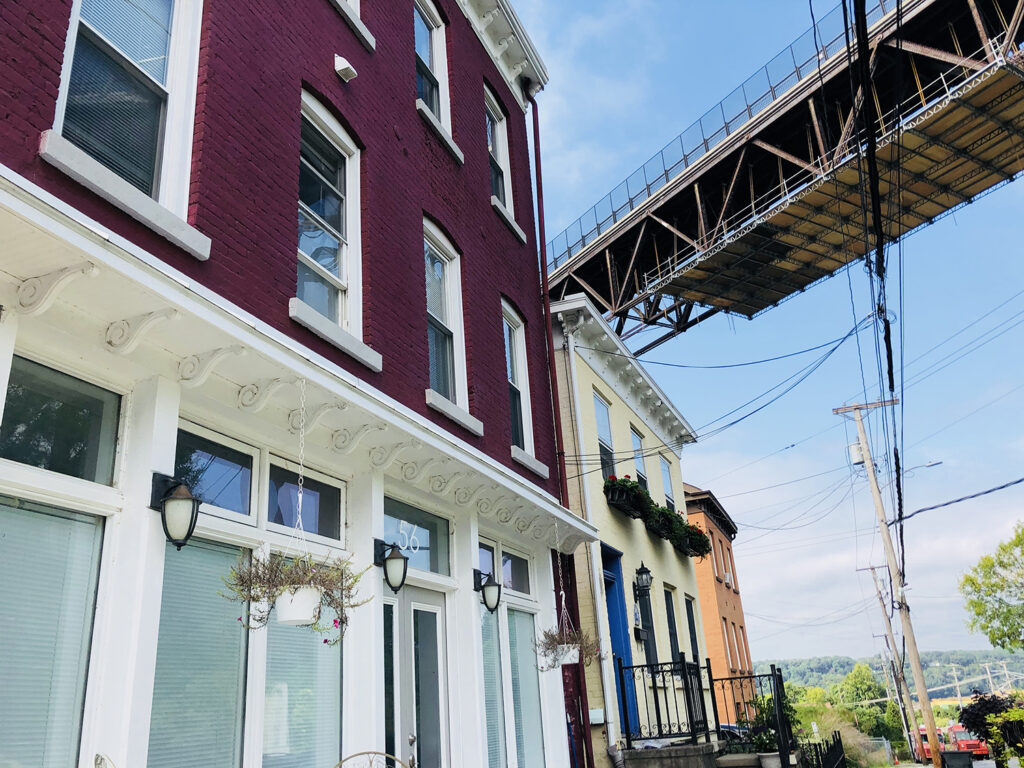
The focus of the land bank in the City of Poughkeepsie will be rehabilitation of residential, mixed-used, and underutilized commercial or industrial properties that support both local homeownership and job generating activities. The City of Poughkeepsie will further focus on the rehabilitation of historic properties. The focus for the balance of the county is the redevelopment of abandoned commercial and industrial properties.
Our Goals



The focus of the land bank in the City of Poughkeepsie will be rehabilitation of residential, mixed-used, and underutilized commercial or industrial properties that support both local homeownership and job generating activities. The City of Poughkeepsie will further focus on the rehabilitation of historic properties. The focus for the balance of the county is the redevelopment of abandoned commercial and industrial properties.
Background
Land Bank Study
Dutchess County and the City of Poughkeepsie created a working group in February 2019 to study the possibility of a jointly created land bank. The working group consisted of:
- elected officials from the Dutchess County Legislature and City of Poughkeepsie Common Council,
- the City of Poughkeepsie Corporation Counsel,
- the Assistant Dutchess County Attorney,
- the Dutchess County Commissioner of Planning,
- the Dutchess County Commissioner of Finance, and
- staff from Dutchess County and City of Poughkeepsie Planning and Development Departments.
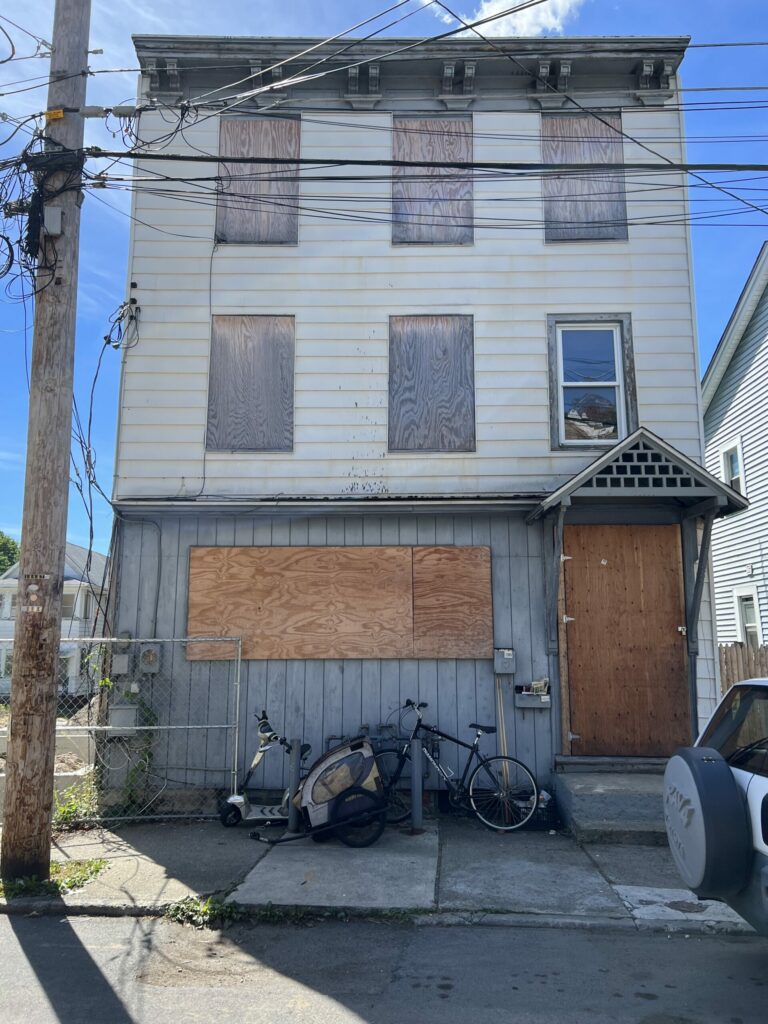
The working group met regularly between February 2019 and July 2020 to discuss how a joint land bank would function; what its overarching mission and goals would be; what the governance structure would look like; how the land bank would acquire properties; how the land bank would be funded; and ultimately, to prepare and submit an application to New York state to be approved for the creation of a land bank.
Why A Land Bank Is Needed
The Dutchess County-Poughkeepsie Land Bank is a partnership between Dutchess County and the City of Poughkeepsie. The goals of the land bank are to address the unique challenges faced by each jurisdiction, which are summarized below. By creating a single entity, the city and the county can develop a broad portfolio of properties to support the ongoing financial needs of the land bank, can draw on a range of expertise that can benefit each partner, and will have two potential sources of financial support for administrative expenses.
The City of Poughkeepsie is the seat of Dutchess County and, in combination with the adjacent Town of Poughkeepsie, has the largest concentration of population in the county. Its economic health and the well-being of its residents are essential to the economic development and security of the county as a whole. The city is facing myriad challenges due to decades of economic decline, only now being reversed. Nearly a quarter (22.5%) of its residents live in poverty; for minority residents the rate is 56.5%. Only 32% of housing units are owner-occupied. Rising rents have made affordable housing difficult to find. According to HUD CHAS data, 50.2% of Poughkeepsie residents pay more than 30% of their income on housing. The most recent estimate of the number of homeless individuals in Dutchess County is 1,724, most of whom live in and around the city.
At the time of application, the city identified 280 abandoned or vacant properties within its borders. While not every vacant or abandoned property may be eligible for the land bank, renovating some of these properties and making them available for affordable homeownership and rental could mitigate a growing housing crisis, revitalize neighborhoods, and expand the city’s tax base. Local non-profits could partner to restore some properties for much-needed supportive and senior housing. Where necessary, and with community consultation, the land bank could also remove blighted properties that cannot be rehabilitated, making room for new development or open space. The city also has a number of historic properties that are deteriorated and could be candidates for rehabilitation through the land bank to protect the unique architecture and character of our neighborhoods.
